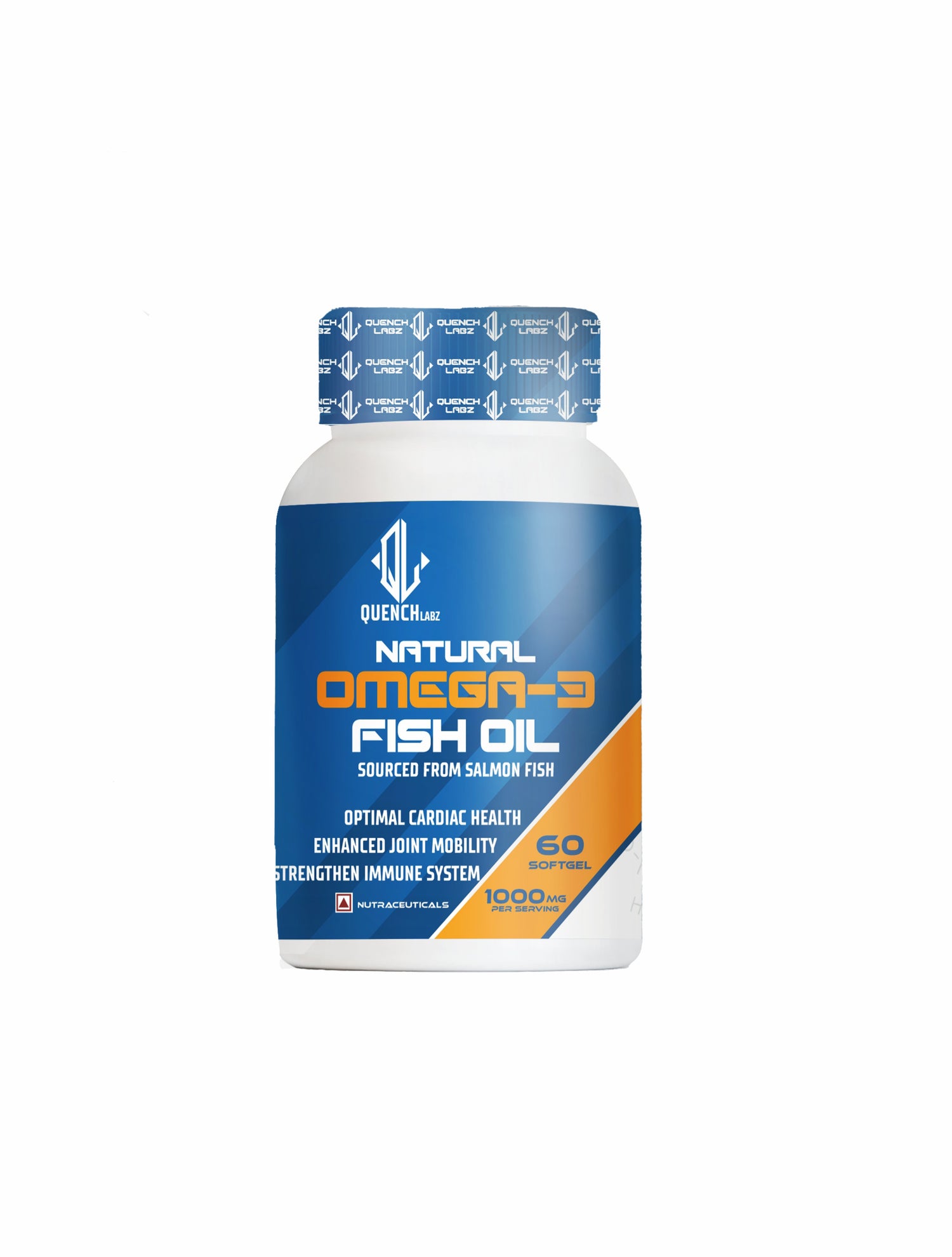Investing in supplements? Beware of amino spiking! Learn how Quench Labz ensures transparency, quality, and your health’s protection.
What is Amino Spiking?
Amino spiking, also known as protein spiking or nitrogen spiking, is a fraudulent practice where supplement companies add cheaper amino acids, such as glycine, taurine, or alanine, to their protein powders. This boosts the nitrogen content of the product, which is often used as a proxy for protein levels during testing. As a result, the product appears to have more protein than it actually does.
Examples of Commonly Used Amino Acids in Spiking
- Glycine: A non-essential amino acid added to inflate nitrogen content.
- Taurine: Often used because it is inexpensive and increases protein "numbers."
- Alanine: Found in some spiked supplements to cut costs without being disclosed.
For a detailed explanation of amino spiking, visit Healthline.
Why is Nitrogen Content Misleading?

Protein tests measure nitrogen, inflating protein claims with amino acids. Complete proteins offer real benefits with essential amino acids.
For more on the limitations of nitrogen testing, refer to PubMed Central.
The Impact of Amino Spiking on Your Health

- Reduced Effectiveness: Complete proteins are crucial for muscle repair and growth. Products inflated with non-essential amino acids cannot provide the same results.
- Wasted Investment: You pay for premium protein supplements expecting high-quality nutrition. Amino spiking compromises the product’s value.
- Misleading Information: The label claims are not reflective of the actual product, which undermines consumer trust.
Case Studies

- A 2020 investigation by Consumer Reports revealed that nearly 30% of tested supplements had misleading protein claims.
- Research in the Journal of Dietary Supplements highlights how amino spiking affects the efficacy of sports nutrition products Research on Amino Spiking in Sports Nutrition Products.
How to Identify Amino Spiking

Here are some tips to ensure you're getting the quality you deserve:
- Check the Ingredient List: Look for a high percentage of whey protein isolate or concentrate as the primary ingredient. Be wary if amino acids like glycine or taurine are listed early on.
- Scrutinize the Protein Per Serving: Divide the listed grams of protein by the serving size. If the ratio seems unusually high, it could be a red flag.
- Third-Party Testing: Opt for brands that provide certifications or testing results from independent labs.
Learn how to decode supplement labels with this guide from NSF International.
Quench Labz’s Commitment to Quality
At Quench Labz, we adhere to stringent quality standards to ensure our products deliver the promised nutritional value. We believe in:
- Transparency: Our product labels accurately represent the content inside.
- High-Quality Ingredients: We use premium protein sources to support your health and fitness goals.
- Third-Party Verification: Our supplements undergo rigorous testing to confirm their authenticity and effectiveness.
Verified Testing Results
Our products are certified by trusted organizations like Informed Choice and Labdoor to ensure accuracy and safety.
Making Informed Choices
Understanding amino spiking helps you make smarter purchasing decisions. Always choose brands that prioritize integrity and quality. By educating yourself, you can avoid deceptive practices and ensure you're fueling your body with the best nutrition possible.
For more tips and expert advice, visit our blog.
Choose Trust. Choose Quality. Choose Quench Labz.
Explore our range of protein supplements CRUCIAL WHEY
- Bodybuilding.comArticle: What Is Protein Spiking?Explains the concept of amino spiking and how to identify spiked protein powders.
- LabdoorWebsite: Labdoor Protein RankingsLabdoor provides detailed analyses of supplement ingredients, including reports on amino spiking.
- HealthlineArticle: Protein Supplements: What You Need to KnowCovers common supplement practices, including amino spiking.
- ConsumerLabArticle: Supplement Reviews and RatingsConsumerLab conducts independent testing on supplements and often highlights mislabeled products.
- The Journal of Dietary SupplementsStudy: Protein Spiking in the MarketScholarly articles discussing amino spiking and its impact on product efficacy.
- PubMed Central (PMC)Study: Mislabeling of Protein PowdersResearch on nitrogen testing and the prevalence of amino spiking.
- Examine.comArticle: The Truth About Protein SupplementsEvidence-based insights on supplement quality and misleading practices.









